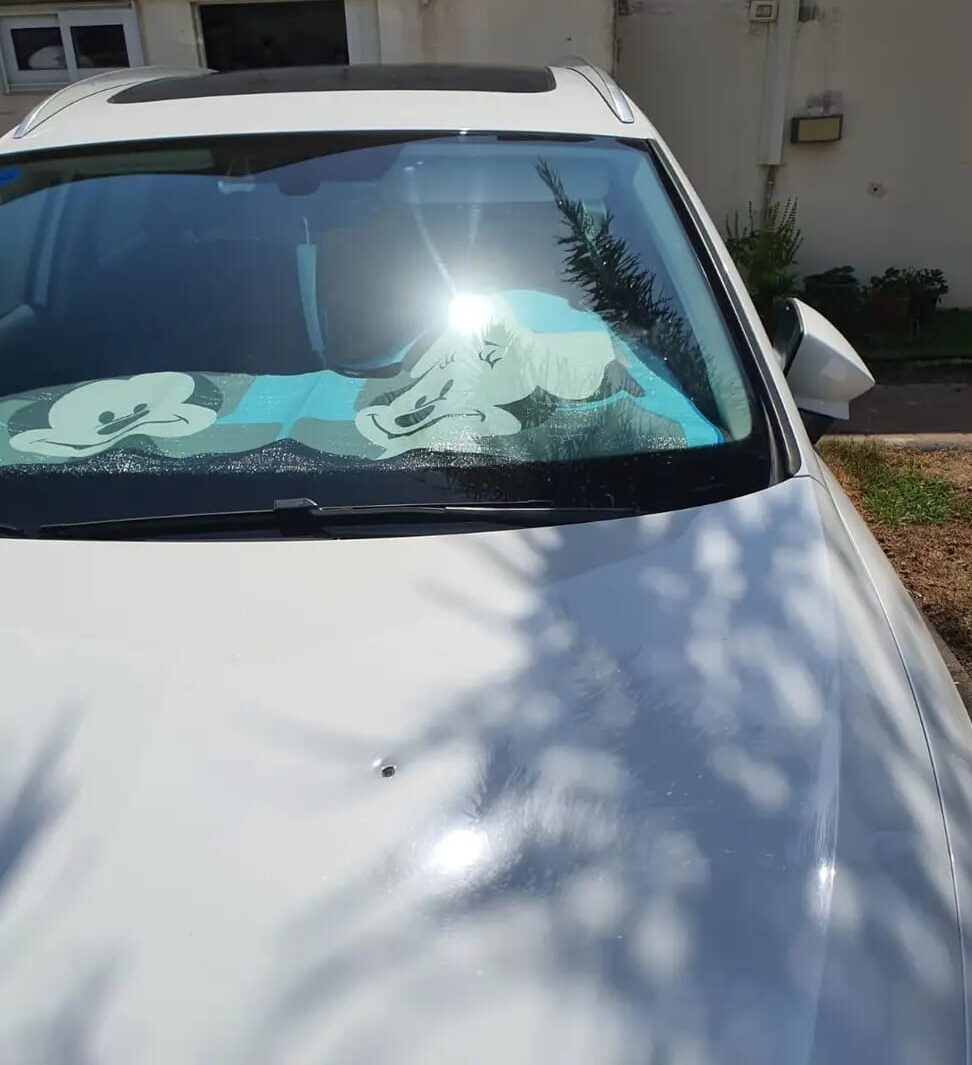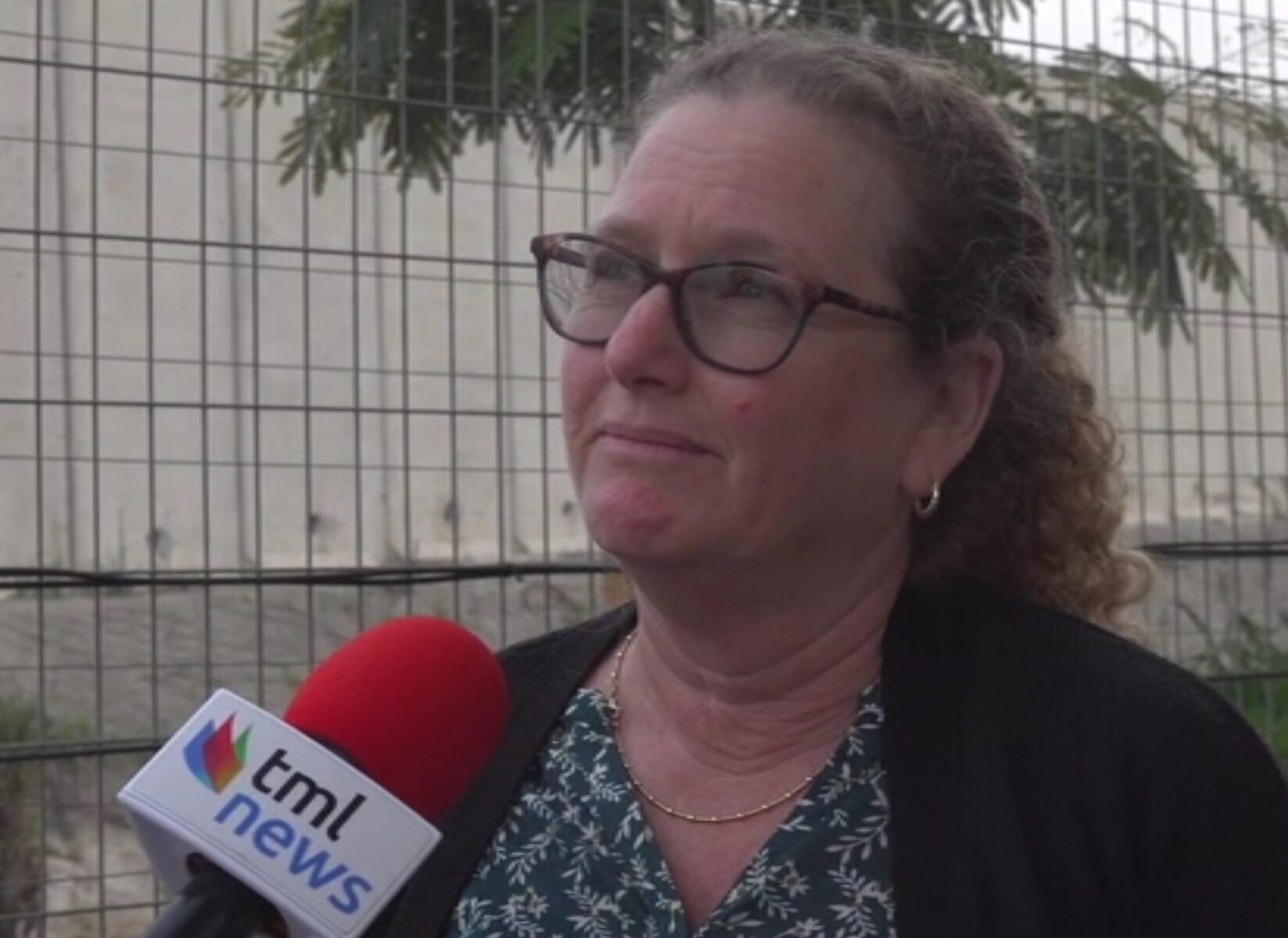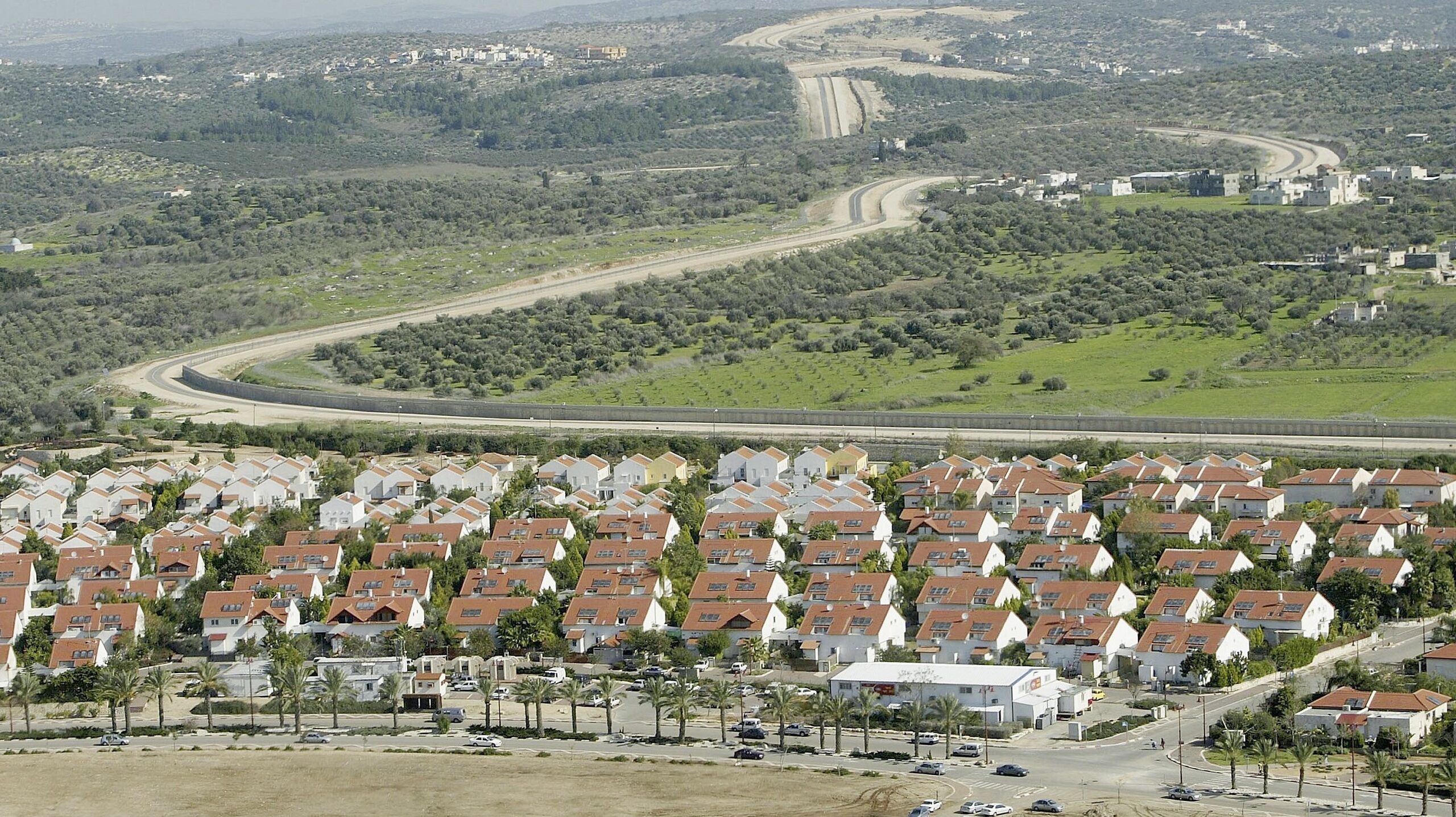‘We Are the Front Line of Israel Now’: Israelis Living Near West Bank Call for Buffer Zone
Fearing breaches from the Palestinian Authority, Israelis living beside the West Bank border fence urge the government to “promise we won’t be the next Be’eri or Nir Oz,” referring to two communities devastated in the Oct. 7 Hamas attacks
Some 200,000 Israelis were evacuated from their homes and internally displaced following the Hamas attacks of Oct. 7, not only from communities in southern Israel near the Gaza border, but also from along the northern border, where they were in reach of the rockets fired by Iran proxy Hizbullah from southern Lebanon.
But Israeli concerns are by no means limited to the southern and northern border communities.
Along Israel’s longest border, the “Green Line” between Israel and the Palestinian Authority in the West Bank, many Israeli and Palestinian communities lie a literal stone’s throw from one another. In some Israeli communities, the presence of the Israeli army has only recently increased.
Moran Alon, the spokesperson for Bat Hefer, a small rural community in Israel next to the Green Line, told The Media Line that he was greatly worried about what would happen after the war. He said that he wants the government and the Israel Defense Forces to “promise we won’t be the next Be’eri or Nir Oz,” referring to two kibbutzim devastated in the Oct. 7 attacks.
“We realized that what we think is a quiet border, or let’s say a semi-quiet border, where the other side wants to live their lives, that reality blew up in our faces,” Alon said. “And now we know that the other side is just looking for ways and opportunities to come in and destroy our way of life.”

Moran Alon speaks with The Media Line. (Screenshot: The Media Line)
In Bat Hefer, geography makes the residents’ concerns particularly acute. Kibbutz Be’eri lies 5 kilometers (3 miles) from the Gaza border. Bat Hefer lies just 200 meters (660 feet) from the border fence and the Palestinian towns of Shuweika and Tulkarm, and Bat Hefer’s farmlands reach right to the fence.
The community is located in the narrowest part of Israel, east of the city of Netanya, with the Mediterranean coast just 15 kilometers (9 miles) to the west. A large attack from the Palestinians in this area could effectively cut Israel in half.
Bat Hefer residents have been increasingly concerned about cross-border gunfire and the vibrations and sounds of suspected tunneling beneath their feet.
“I moved from one place that had digging, from Hizbullah in the north, to another place that has digging from maybe Hamas or some other militant group trying to invade Israel with their own tunnels,” said Bat Hefer resident Gad Ohayon.
Ohayon moved to Bat Hefer with his family six years ago from the northern city of Nahariya, where their complaints about digging sounds were vindicated by the discovery of a terror tunnel network created by Hizbullah, Iran’s proxy terrorist group in Lebanon.
Ohayon gave The Media Line his neighbors’ audio recordings of sounds that they believe prove the underground infiltrations. The sounds are almost unmistakably those of jackhammers.

Gad Ohayon speaks with The Media Line. (Screenshot: The Media Line)
However, at least five different tests conducted in recent months by the Israel Defense Forces and the Homefront Command have failed to find traces of tunnels.
“There was a search underground for holes, tunnels, or digging,” Alon said. “We put some sensors in the ground to try to identify the noises. We’re still waiting for the results, but there’s nothing we can point to at the moment. Some of the tests, mainly the sensors, are still being analyzed.”
Alon said that several experts who looked at the geology of the area had concluded that the noise might be coming from construction on nearby main roads which was being carried through the rocky earth.
However, Ohayon, among others, was not convinced of this.
“I didn’t hear the actual digging,” Ohayon told The Media Line. “But I have recordings from another resident in Bat Hefer who recorded these noises around 4 to 4:45 am. I heard some assumptions that it could be someone building their own house or digging for whatever purpose. But I don’t think someone is digging at 4 am to improve his house.”
As well as possible tunnels, residents are concerned by gunfire that often makes its way into Bat Hefer from the surrounding villages, within both Israel and the PA.
Palestinians have allegedly fired at the border wall in what Alon called “TikTok shootings.”
“Palestinians come out from the buildings, fire at the wall, and run away. But they film it so that they can show it to the [PA] government and receive payments for attacking Israel,” he said.
More often, celebratory gunfire aimed at the sky at weddings and other events has resulted in bullets falling back onto communities below, including Bat Hefer.
“Our neighbors, both on the Israeli side and Palestinian side, like to celebrate by shooting in the air, at weddings or other special occasions. This is their way of celebrating, [but] those bullets that are shot to the sky fall down at some point,” Alon said.
Ohayon added, “Even though they’re not directly shooting at us, a bullet that falls from the sky from 300 to 400 meters is a direct danger to the human body. It’s quite worrying for us, and we need to have whatever measures need to be done here to ensure our security, our lives, our children’s lives.”

A bullet hole in the hood of a car in Bat Hefer. (Courtesy Gad Ohayon)
A further concern is the lack of a buffer zone between the Israeli and the Palestinian sides. Alon said that Hamas did not use tunnels to break into Israel on Oct. 7; the terrorists simply breached the border fence, and if a terrorist cell from the PA decided to do something similar, even if Israeli forces responded immediately, it would still take too long to prevent casualties.
Alon acknowledged that creating a buffer zone, which would force some Palestinians to move homes and farms further from the border, would undoubtedly be politically unpopular and would be viewed negatively internationally, but he said that it must be done, and that land swaps, monetary compensation, or some other agreement with the farmers could be negotiated.
Ronit Goldshtein, a retired teacher and volunteer at the Bat Hefer spokesperson’s office, told The Media Line that her biggest fear was that “there will be some nationally motivated mob assault by people who don’t believe in a path to peace and who would do the exact same things that were done in the Gaza periphery communities and in the north.”
“I want there to be awareness. I want a buffer zone, to make sure they keep their distance from us, that they won’t bother us, and we won’t bother them. And then we can all continue to live here in peace and security,” she said.

Ronit Goldshtein speaks with The Media Line. (Screenshot: The Media Line)
Alon said while now, during the war, the Israeli army’s presence has been strong, he is concerned about what will happen after the war. He said that he and other residents suspect that the IDF will then pack up and leave the community exposed, and he said he was calling for immediate intervention and a permanent military presence.
“We are the front line of Israel now,” Alon said. “We need to know that the Israeli government will take all the needed actions to make sure that we are secure here for the future. I’m talking about a no-man’s zone type of territory between us and the Palestinians. I’m talking about a big wall. I’m talking about electronic measurement equipment to give early warning of any attempt, and to make sure that the IDF is here for the long run.”


